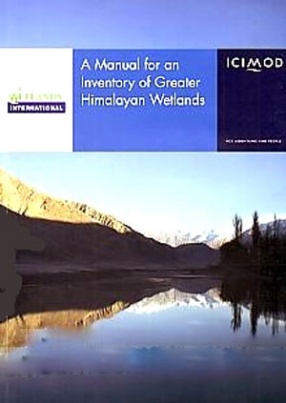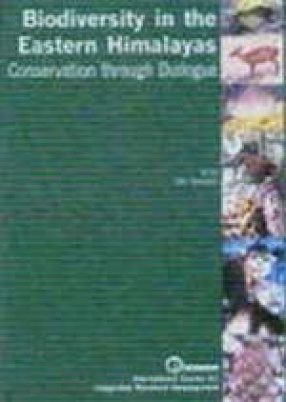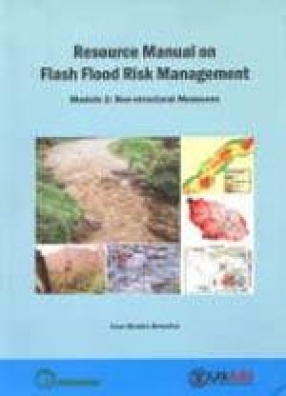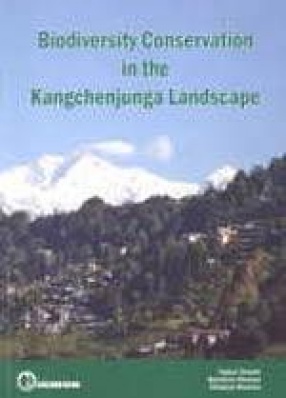
International Centre for Integrated Mountain Development

Showing all 11 books



Nature blooms, sings, crawls and prances in abundance in the Hindu Kush-Himalayas (HKH). Successions of forests adorn its valleys and flanks – from the tropical hardwoods to an astounding array of rhododendrons in alpine splendour. Tigers prowl at lower reaches while snow leopards mark their territories across high elevations. Giant pandas and small red pandas live on the rich variety of bamboo species. The world’s greatest ...

The great majority of people in the Hindu Kush-Himalayan (HKH) region depend upon agriculture as their main source of livelihood; most are mountain farmers with small farms covering less than two hectares of cultivated land. Thus the well-being of mountain people is to a great extent determined by the state of mountain agriculture; and the potential for economic improvement by the ability to grow crops for sale rather than consumption. Mountain agriculture in the ...

Information on studies related to Biodiversity in the countries of the Hindu Kush-Himalayas is of interest not only to the subject matter specialists but also to a wide range of experts and researchers from various fields, as it is of vital importance for management and conservation of natural resources and a wide range of economic activities. However, such information is not only sparse but often widely scattered and not easily accessible. Considering such ...


This book provides a brief description of the principles of biological nitrogen fixation, the different types of nitrogen-fixing plants, and the major potential uses of these plants to support agricultural development. ICIMOD's Demonstration and Training Centre at Godavari has a large collection of the type of nitrogen-fixing plants that are available to farmers in the mid-hills areas of the HKH region, and many of the ways in which they can be used in integrated ...


This global gathering was an attempt to recognise and draw the world's attention to mountain women's immense contribution to sustaining life in harsh and fragile environments; to their roles, responsibilities, and rights as the nurturers of their families and communities; and to their stewardship of mountain ecosystems. It was a chance to admire and appreciate mountain women's resilience and drive, their arduous labour, and their willingness to adapt to a ...

The Hindu Kush-Himalayan (HKH) region is one of the most dramatic physiographic features on our planet. As the youngest mountain system in the world, it has unstable geological conditions and steep topography, which, combined with frequent extreme weather conditions, makes the region prone to many different natural hazards from landslides, avalanches, and earthquakes, to massive snowfall and flooding. Among these, flash floods are particularly challenging for ...

The Hindu Kush-Himalayan (HKH) region is one of the most dramatic physiographic features on our planet. As the youngest mountain system in the world, it has unstable geological conditions and steep topography, which, combined with frequent extreme weather conditions, makes the region prone to many different natural hazards from landslides, avalanches, and earthquakes, to massive snowfall and flooding. Among these, flash floods are particularly challenging for ...

Contents: Foreword. Executive summary. Acknowledgements. I. Introduction: 1. Developing transboundary biodiversity conservation landscape and conservation corridors in the Kangchenjunga Complex/Eklabya Sharma. II. Biodiversity Conservation: 2. Protected areas and biodiversity conservation in the Hindu Kush-Himalayan Region with special reference to the Kangchenjunga Landscape/Bandana Shakya and Rabindra Man Joshi. 3. Feasibility assessment for developing ...
